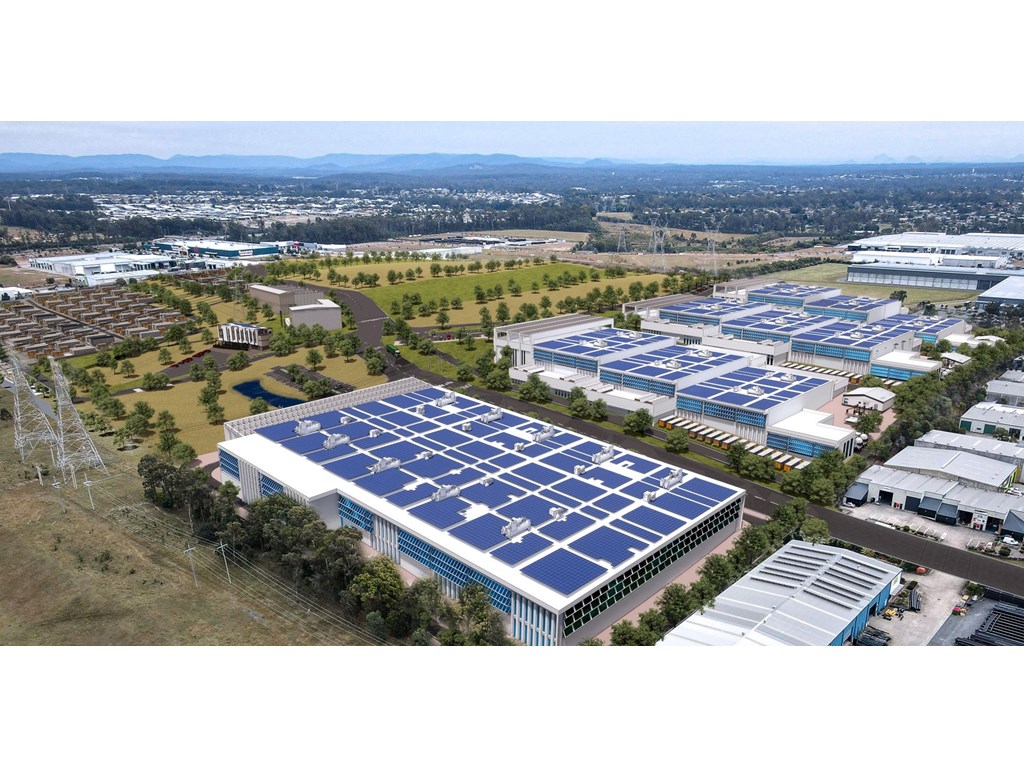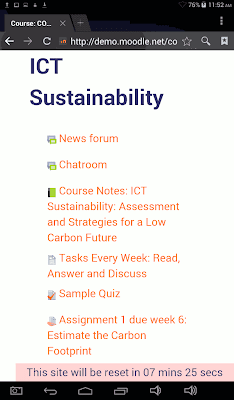I will be speaking on "Learning to Innovate for Sustainable Computing" at EduTech Asia in Singapore, in the Show and Tell Sessions, 3:20, Thursday, 10 November. I am a last minute addition, reprising my talk at Tech in Government, in Canberra this week.
Computers are part of the problem of global warming,
Computers > electricity > fossil fuel > CO2 > global warming.
Computers, and the Internet, run on electricity. Most electricity today is generated by burning fossil fuel, which releases carbon dioxide (CO2) into the atmosphere. The CO2 is a greenhouse gas, which traps sunlight, causing global warming. These facts have been clear since 2007, when the Australian Computer Society (ACS) release a world first study. The study estimated 1.52% of Australian carbon emissions were attributable to computers and telecommunications. There have been later more detailed studies around the world, but these produce similar estimates of around 2%. This is a significant source of pollution, being around the same as from the airline industry.
Reference
Computers can be part of the solution to climate change
Big Efficient Data Centers Linked to Handheld Devices
 |
| Brendale Supernode, Queensland, by Quinbrook Infrastructure Partners, 8 July, 2022 |
Consolidating computing into large data centers, collocated with renewable energy storage, as is being done at the Berndale Supernode in Queensland, provides the opportunity to reduce carbon emissions from computing. These systems can also be used to replace activities which are carbon emitting. As an example, the recent COVID-19 pandemic has shown that much business travel can be replaced with video conferences. However this requires learning new skills, and habits.
Reference
Supernode set for Moreton Bay, Steven Miles, Deputy Premier of Queensland, 8 July, 2022. URL https://statements.qld.gov.au/statements/95682
We can teach how to measure and reduce emissions, with a smart phone
Small Chunks of Learning Delivered to Handheld Devices
 |
| ICT Sustainability Course on a desktop computer, by Tom Worthington, CC-BY, 2007 |
 |
| ICT Sustainability Course on a phone, by Tom Worthington, CC-BY, 2007 |
In 2008, the Australian Computer Society commissioned me to design an online course to teach how to estimate and reduce carbon emissions from computers. This was implemented using the Australian developed Moodle Learning Management System, and has been running at Australian and North American universities since 2009.


No comments:
Post a Comment